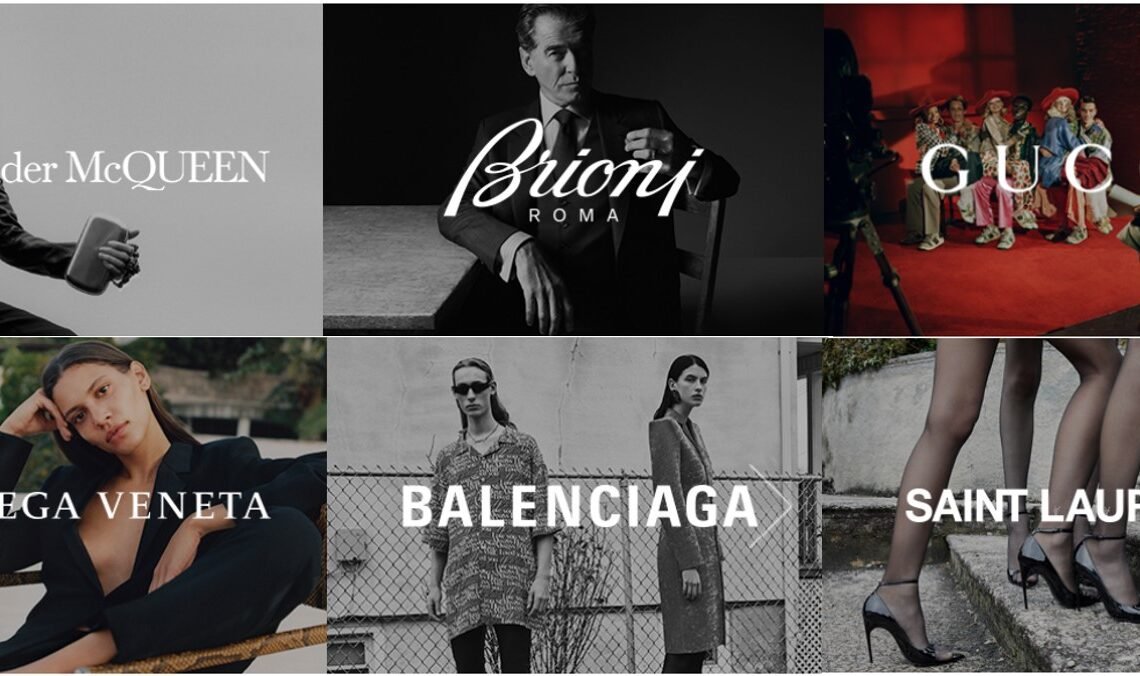From handbags with multi-year waitlists to watches reselling for double their retail price, luxury brands are commanding higher price tags than ever before. But with this surge in cost, many consumers are asking the same question: Why Luxury Brands Are More Expensive—and are they still worth the investment?
In this article, we’ll break down the key reasons behind the soaring prices of high-end goods and why millions of buyers continue to invest in luxury fashion, accessories, and lifestyle products despite the price hikes.
The Current State of the Luxury Market
Unprecedented Price Hikes Across Iconic Brands
If you’ve recently browsed through luxury boutiques, you’ve probably noticed the steep increases. Leading brands like Louis Vuitton, Chanel, Hermès, and Rolex have all raised their prices significantly over the past few years. For example:
- Chanel’s classic flap bag saw multiple price hikes, with some models increasing by over 60% in just five years.
- Hermès Birkin bags, already known for exclusivity, have seen retail and resale prices skyrocket.
- Rolex watches, especially stainless steel sports models, now sell for double—or even triple—their original price in the secondary market.
These examples leave many wondering why luxury brands are more expensive, and the answers go beyond simple inflation.
Global Economic Shifts Impacting Luxury Pricing
Rising production costs, global supply chain disruptions, and increased demand have all contributed to higher prices. Surprisingly, global economic uncertainty often fuels luxury sales, as affluent consumers turn to high-end goods as symbols of stability, exclusivity, and long-term value.
Why Luxury Brands Are More Expensive Than Ever
Exclusivity and Scarcity as Core Business Strategies
One of the most significant reasons why luxury brands are more expensive is their intentional creation of scarcity. Brands limit production, control distribution, and tightly manage who gets access to coveted products. This exclusivity fuels desire and justifies premium pricing.
Waitlists for bags like the Hermès Birkin or limited-edition sneaker drops from collaborations with Louis Vuitton and Nike are designed to maintain an aura of inaccessibility. The harder it is to obtain, the more valuable the item becomes in the eyes of consumers.
Rising Production Costs and Premium Materials
Luxury brands often use the world’s finest materials—whether it’s ethically sourced leather, rare gemstones, or high-grade metals. Combine this with traditional, labor-intensive craftsmanship, and it’s easy to see why luxury brands are more expensive to produce.
Artisans in Europe, especially in France, Switzerland, and Italy, continue to create products by hand, preserving generations of expertise. This dedication to quality elevates costs, but it also enhances durability, uniqueness, and perceived value.
Brand Heritage, Status, and Symbolism
Beyond tangible materials, a significant portion of the price tag is rooted in the brand’s legacy and status. When purchasing from labels like Chanel, Gucci, Rolex, or Dior, consumers are buying into decades—or even centuries—of heritage, prestige, and global recognition.
In short, why luxury brands are more expensive isn’t just about materials or labor—it’s about the promise of exclusivity, craftsmanship, and identity.
Are Luxury Brands Still Worth the Price?
Investment Value and Resale Market Growth
Interestingly, certain luxury products have become solid investment pieces. High-demand handbags, watches, and jewelry often retain or increase in value over time. The booming resale market on platforms like The RealReal, StockX, and Sotheby’s reinforces why luxury brands are more expensive—their long-term value is real.
For instance:
- Hermès Birkin and Kelly bags have been known to outperform traditional investments like stocks.
- Limited-edition Rolex watches consistently appreciate on the secondary market.
Quality, Longevity, and Craftsmanship
In contrast to fast fashion, luxury goods typically offer superior craftsmanship and durability. Well-made shoes, handbags, or timepieces can last decades with proper care. This longevity contributes to why luxury brands are more expensive, as they are designed to be timeless, both in style and physical endurance.
Also Read: The Bandage Dress Is Back and Bolder Than Ever
Changing Consumer Behavior in the Luxury Space
The Rise of Conscious and Informed Buyers
Modern luxury consumers aren’t just buying blindly. Many now research brand ethics, sustainability efforts, and sourcing practices before making a purchase. The demand for transparency is pushing brands to justify why luxury brands are more expensive, especially when marketing to eco-conscious buyers.
New Generations Redefining Luxury
Millennials and Gen Z are reshaping the luxury market. For these generations, luxury is about more than price—it’s about experience, storytelling, and self-expression. From personalized fashion to limited collaborations, the evolving definition of exclusivity helps explain why luxury brands are more expensive, as they now cater to individual identity and digital influence.
Final Thoughts — Why Luxury Brands Are More Expensive and Still Coveted
The question of why luxury brands are more expensive has many answers: scarcity, superior materials, intricate craftsmanship, brand heritage, and increasing demand all play a role.
Yet despite price hikes, millions of consumers continue to invest in luxury goods for their quality, status, and lasting value. Whether viewed as an investment, a fashion statement, or a symbol of achievement, luxury items remain highly sought after, even in uncertain times.
Understanding the real reasons behind luxury pricing empowers buyers to make informed decisions about whether these premium products are worth it for them.
Never Miss a Beat! Subscribe for the Latest News & Exclusive Updates!


